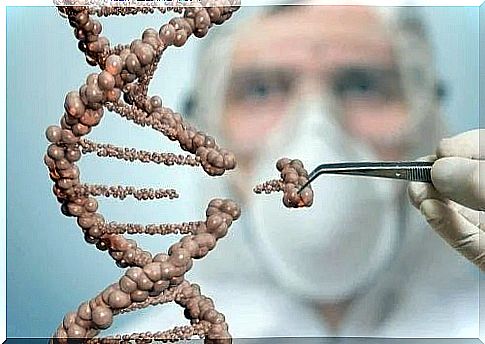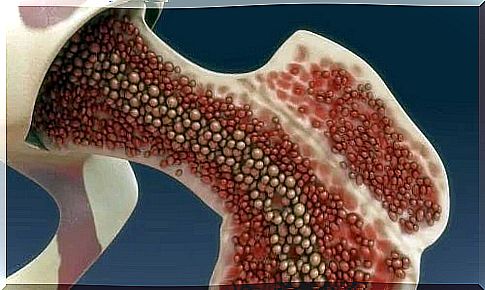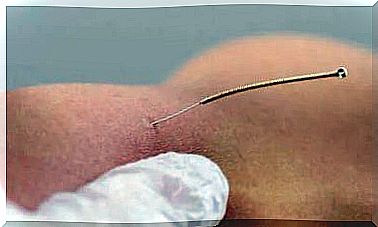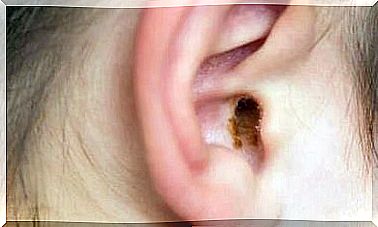What Are Stem Cell Treatments Used For?

What are stem cells?
Stem cells have a unique function and are usually embryonic. Therefore, thanks to them, the embryo develops and becomes viable to grow.
Stem cells are present in newly formed embryos, called blastocysts. There is a small remnant of these cells in the body of adults, especially in the bone marrow. Laboratory treatments aim to transform normal adult tissue cells into stem cells. Researchers use genetic mechanisms and reprogram cell function.
However, these cells do not have the same pluripotent capacity as embryonic cells. The latter are part of the perinatal tissues, located in the blood of the umbilical cord and in the amniotic fluid that surrounds the fetus during pregnancy.
How do stem cell treatments work?
Basically, the main purpose of stem cell treatments is to repair damaged tissue.
Taking advantage of the regenerative capacity of these cells, researchers are studying them as substitutes for organ transplants. Imagine: instead of finding an organ to transplant, we might be able to create a new one using stem cells.
The intention is to place them in the damaged tissues to encourage them to recreate that tissue with new elements. In fact, stem cells could repair the entire human body. To do this, scientists need to research how they generate certain parts of the body. Laboratories around the world are currently conducting studies in this regard.
For example, stem cell treatments could repair a damaged heart, a liver affected by cirrhosis, and even fractured bones from trauma. The possibilities are almost limitless. Many also believe that stem cells could have the potential to cure diseases that are currently incurable or difficult to treat. The prognosis for people with cancer, for example, could be significantly improved.


Examples of stem cell treatments
There are also other successful therapies:
- The skin has been growing for extensive burns for over thirty years. However, the skin looks imperfect (because it has no glands). The treatment is very useful in case of severe burns. Doctors do not use this technique very often, because not every medical team can do it.
- Umbilical cord stem cells can help children with leukemia. However, the treatment is not as effective in adults.
- There are corneal limbus stem cells that can generate new corneal tissue. If, for example, a person loses part of their cornea due to an injury, doctors may cultivate a new part that can replace the loss. The patient will be able to see again.









